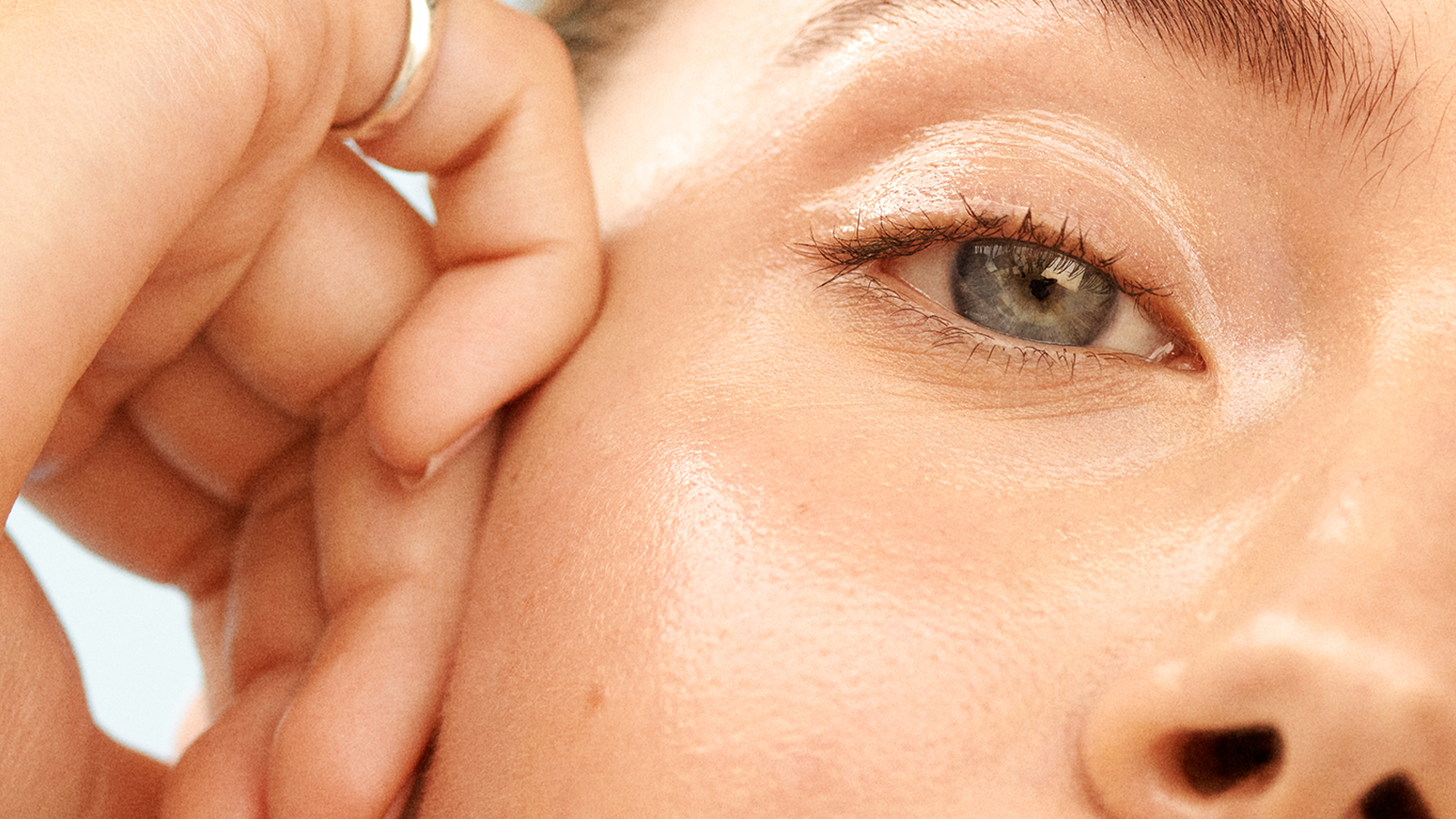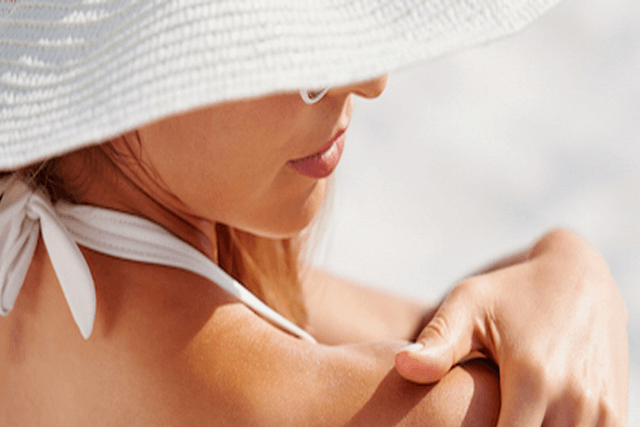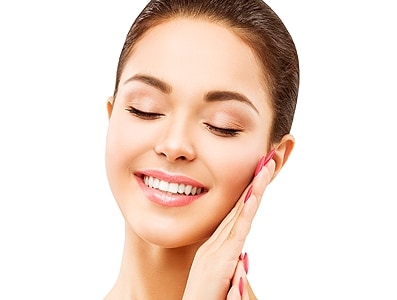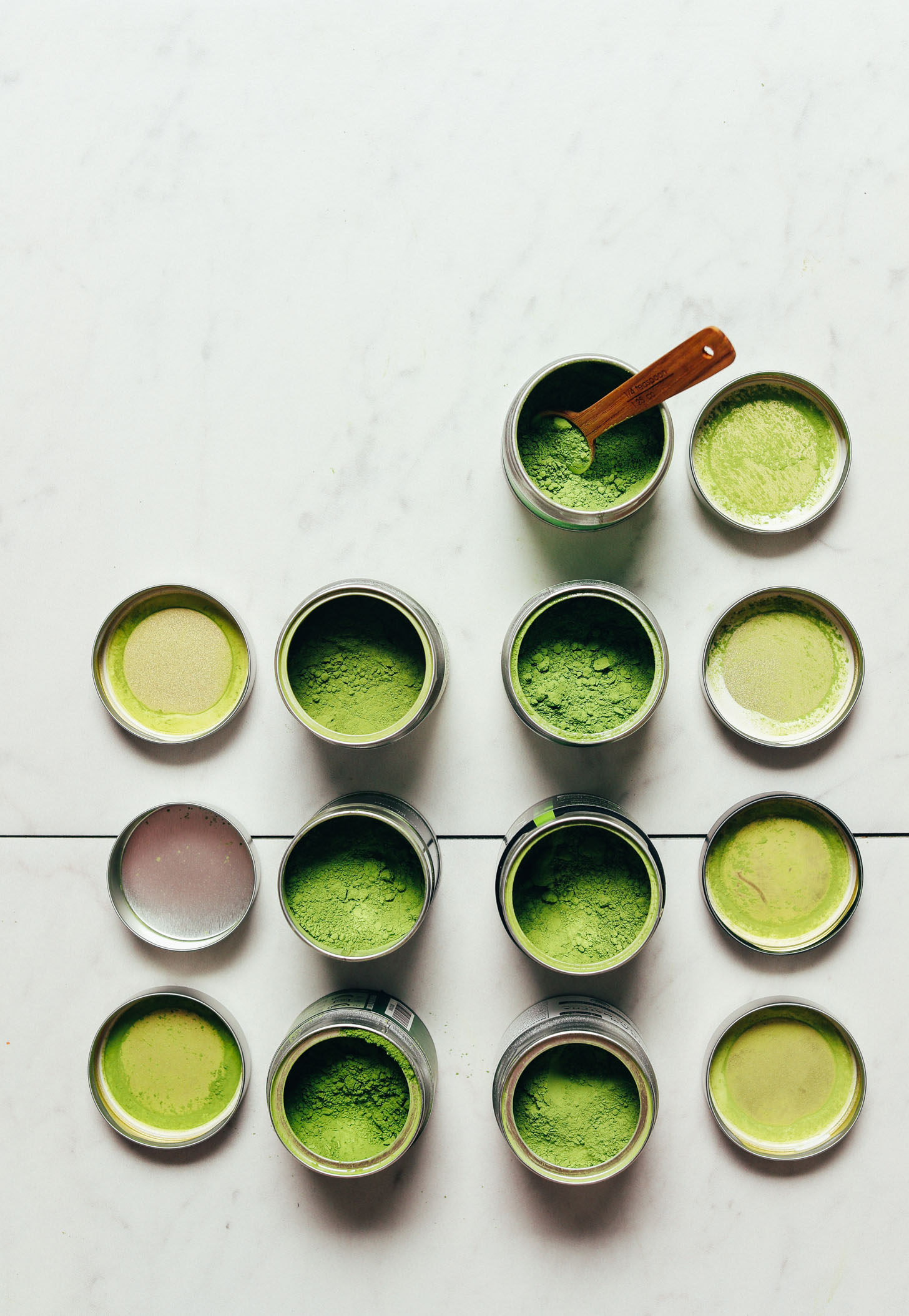
[ad_1]
Wanting the Pale
By the point the Tang dynasty rolled round, the ladies of the Imperial Courtroom had turned skincare and beauty software right into a effective artwork type. Borrowing creative methods from the Buddhism that had unfold all through the nation, girls turned themselves into gilded statues, full with easy, porcelain pores and skin and facial appliques. Having a pale complexion continued to rise in significance as courtroom girls went to new and larger heights to whiten their pores and skin, each quickly and completely.
From Pre-Imperial occasions, Chinese language girls had desired pale pores and skin. As agriculture turned more and more vital to the tradition and the financial system, tanned pores and skin grew to be related to a working class made up of farmers and fishermen. Whereas noble girls at first desired a whiter complexion to point out that they didn’t must work, nonetheless, a powdered face and easy pores and skin quickly turned a trend assertion. Throughout the Tang dynasty, courtesans started taking extra excessive measures to lighten the pores and skin on their faces. Whereas they continued to press on white powders comprised of lead, additionally they used particular gels and lotions derived from pure elements to take away pigment and completely bleach their pores and skin. One of the standard gels was comprised of songyi mushrooms, an ingredient that’s nonetheless utilized in many pores and skin lighteners at present.
The Seven Steps to Magnificence
Even on this time of lead powders and pigment-altering lotions, the Chinese language method to skincare was nonetheless a holistic one. Diet, well being and circulation have been nonetheless thought-about to be essential to sustaining a good looking complexion and plenty of lotions have been developed utilizing medicinal herbs standard in conventional drugs. Actually, whereas skincare had been beforehand confined to the mattress chamber, many Tang dynasty girls carried small containers of lotions and different cosmetics in order that they might contact up their faces at will.
This isn’t to say, nonetheless, that Tang dynasty courtesans utilized their make up in public. Their make up was, in reality, utilized in seven separate steps every morning. Step one was to powder the face with a thick white basis. The second step was the apply rouge to the cheeks. The third step was to gild the brow with golden ocher. The ocher was painted on in advanced patterns based mostly on the gold gilding of Buddhist statues. The fourth step was to hint the eyebrows. The fifth step was to color the lips a superb pink. The sixth step was to dot the cheeks. The seventh and last step was to stick a floral applique between the eyes. (You may learn extra concerning the seven steps to magnificence right here: http://www.chinatoday.com.cn/English/e2004/e200411/p60.htm )
The Artwork of Applique
Though facial appliques first gained main reputation in the course of the Tang dynasty, they remained standard all through the numerous centuries of Imperial China. As outlined by the seven steps of beauty software, there have been truly a number of several types of appliques. Whereas the dotted cheek had been round because the early days of the Imperial Courtroom, it had, by this time, misplaced any remnants of a sensible use and was used strictly for trend. Actually, it was very uncommon for the dots to even be spherical anymore. Whereas probably the most standard designs was a crescent moon throughout the cheek, these so-called dots might take the type of any variety of shapes from flowers to bugs. The floral applique positioned between the eyes had an identical variety of variations. It could possibly be comprised of paper, gold foil or shell and the patterns ranged from flowers to followers, from dragon flies to oxhorns.
Whereas not exactly an applique, traced eyebrows continued to be an vital a part of facial adornment. By this time, designs had grow to be much more elaborate than that they had been in the course of the Qin or Han dynasties. Whereas the completely different shapes have been typically patterned after objects present in nature, the shapes themselves have been a far cry from the pure form of an eyebrow. Willow leaf eyebrows have been probably the most standard designs, with spherical, olive-shaped eyebrows not far behind. The Emperor Xuanzong even commissioned a e-book referred to as Shi Mei Tu, which outlined ten completely different eyebrow patterns. (You may learn extra about facial appliques and eyebrow patterns right here: http://www.chinatoday.com.cn/English/e2004/e200411/p60.htm )
From lead powders to pores and skin bleaches to eyebrows formed like olives, most of the skincare methods and beauty approaches of Imperial China appear international in at present’s world. Their holistic method to skincare, nonetheless, and their whimsical make up present that Imperial China nonetheless has lots to supply the trendy world.
[ad_2]
Source by Jill Knowles












